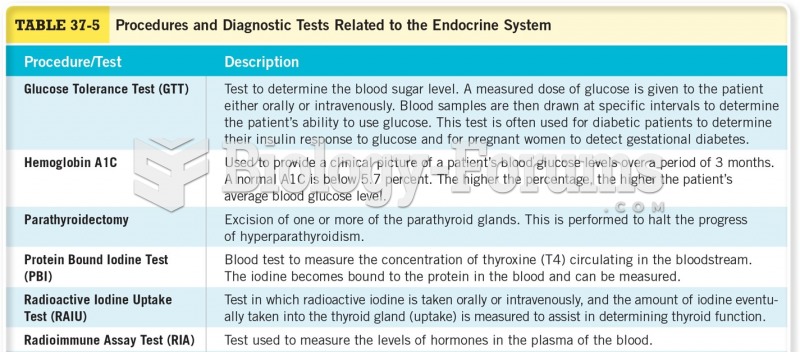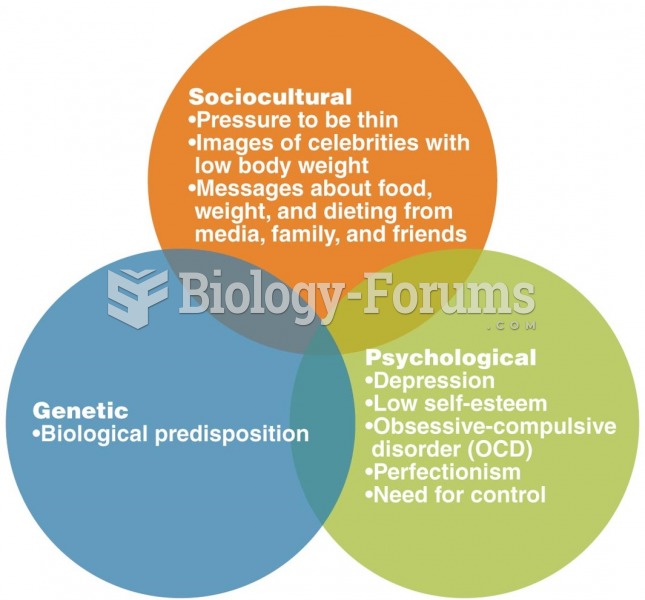Answer to Question 1
Other behaviors include:
Nocturnal sleep-related eating disorder is a
disordered eating pattern characterized by
eating while asleep without any recollection
of having done so. People with this
disordered eating behavior will experience
some weight gain and it appears that stress,
dieting, or depression can trigger episodes.
Night eating syndrome is a second
disordered behavior in which more than
half the daily calories are consumed after
dinner. Similar to nocturnal sleep-related
eating disorder, people with night eating
syndrome also consume food in the night
or evening, but they are fully aware of their
eating. Some other characteristics include
not feeling hungry for several hours after
waking and difficulty sleeping along with
an urge to eat.
Food neophobia, another disordered eating behavior,
is characterized by an irrational fear or avoidance of
trying new foods. It limits dietary choices to the extent
that some people can develop nutritional inadequacies
as a result of the self-imposed dietary limitations.
Food neophobia is considered a type of obsessive
compulsive disorder.
Muscle dysmorphia is characterized by preoccupation
with increasing muscularity; this is distinct from all other
disordered eating behaviors, in which people are fearful
of weight gain. People affected with muscle dysmorphia
often have personality traits similar to those of people
with recognized eating disorders.
Avoidant/restrictive food intake disorder is characterized
by persistent failure to satisfy nutrition and/or energy
requirements due to an aversion to food. In some
cases the sight or thought of certain foods may trigger
retching or gagging. Psychological avoidance to eating
prevents a person from consuming food for reasons
other than a drive for thinness.
Answer to Question 2
A






